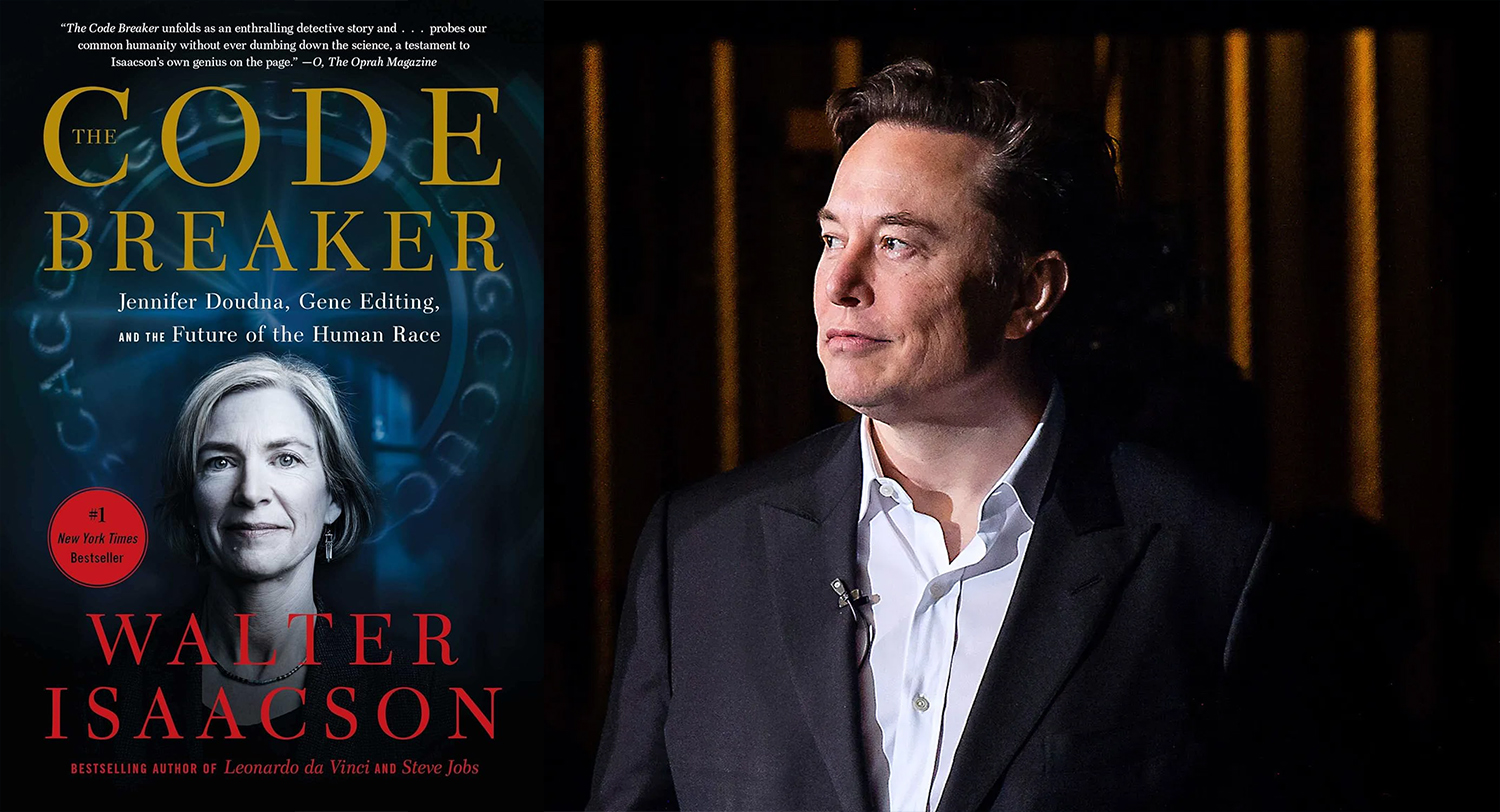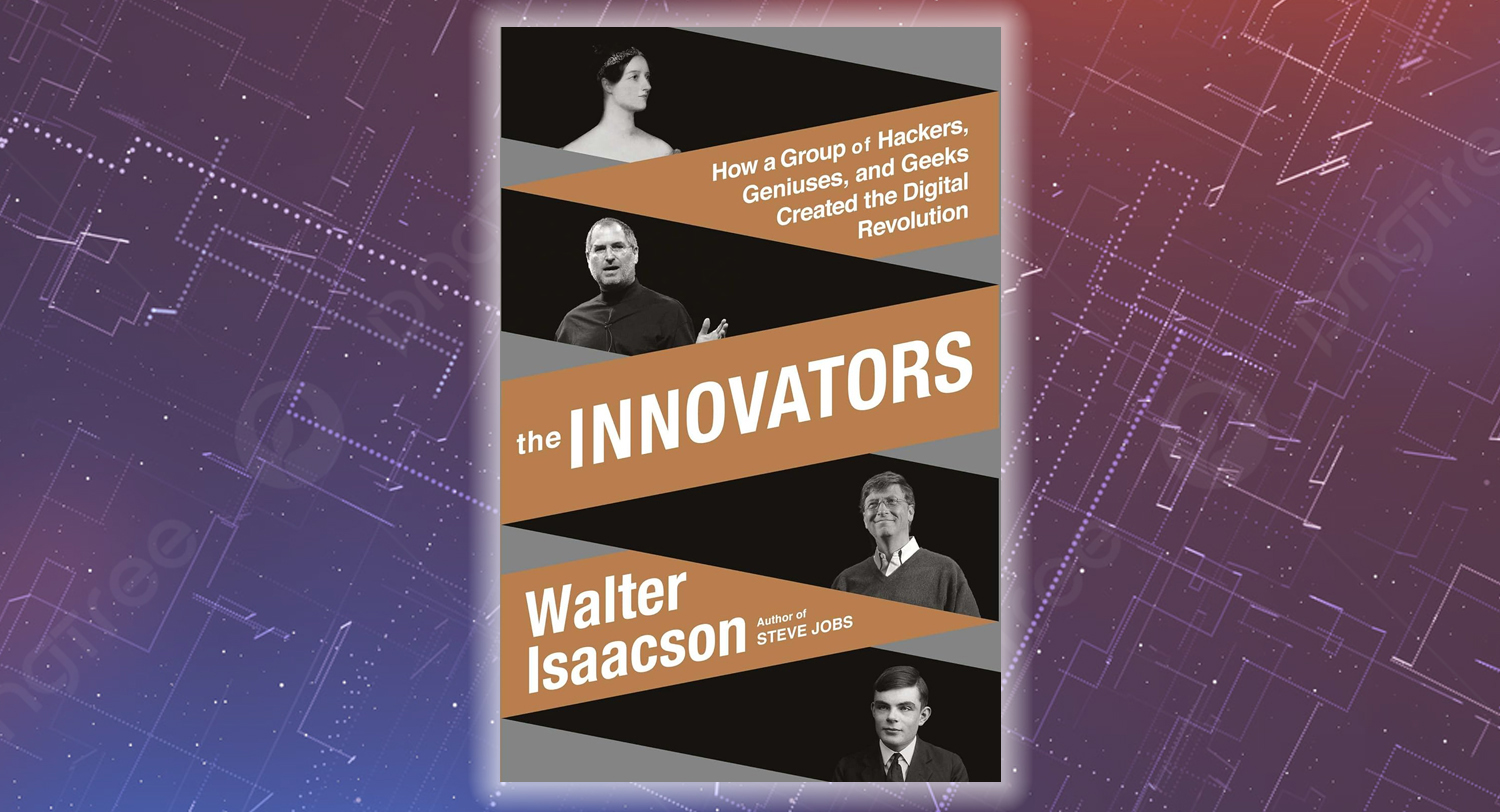Tuesday, January 30, 2024
29 Jan INSURGENT INNOVATION
Posted at 21:21hin
Business by DMG Global 
Nearly seventy years ago, legendary management consultant Peter Drucker concluded all business is about two things—marketing and innovation. Marketing and innovation. And seven decades later, this is truer than ever. Today, both marketing and innovation demand a change-leader focus, a bias for playing offense—and planning and acting not as an incumbent, but rather as an insurgent.
The greatest biographer of our day, my former colleague, Walter Isaacson, has written bestselling works on innovators and innovations—the likes of Ben Franklin, Steve Jobs, Leonardo da Vinci, Elon Musk, and code-breaking biochemist Jennifer Doudna. In each of these masterful accounts, Isaacson underscores the power of thinking across disciplines and as a leader of change—arguing that innovation demands mixing our own creative stew to help break away from the menu of our own status quo patterns and limiting beliefs.
In Isaacson’s more recent work, The Code Breaker, he shows us how change leaders struggle between and within the private, academic, and public sectors to drive breakthrough innovation forward. And, most recently, Elon Musk unpacks the volatile and on-the-edge mixture of genius and paradigm shifter—in the form of the world’s richest man.

But go back ten years and there is one Isaacson book that presents a roadmap for insurgent innovation—The Innovators: How a Group of Hackers, Geniuses, and Geeks Created the Digital Revolution. Here, Isaacson tours the tentative beginnings of the computer age: From the 1830s all the way forward to Wikipedia and the Internet. And he offers rich anecdotes about the way inventors, theorists, mechanics, and gurus worked step-by-step to imagine and create the modern digital world. A case study in Insurgent Innovation.

Isaacson describes famous figures—from Ada, Countess of Lovelace, who published the first computer program in 1843, to Larry Page and Sergei Brin, who founded Google. But this book’s real strength lies in accounts of obscure figures whose pioneering work, often forgotten, made everything from cellphones to supercomputers possible. Isaacson chronicles the complexity of digital innovation and highlights some rules that parallel our own studies of paradigm-shifting breakthroughs in The Underdog Advantage: How to Use Insurgent Strategy to Put Your Business on Top (McGraw-Hill).
The first rule of insurgent innovation is that no one single person does it—because it takes a widely diverse team to succeed. Innovation, invariably, happens inside teams; it’s not the province of solitary geniuses. Our first corporate client, Apple’s Steve Jobs, may have been brilliant, but he really did not invent the Macintosh. He did not even originate the Macintosh project; Jef Raskin started it. And a team of remarkable technicians, engineers, and software writers did the actual work. Of course, Jobs was an extraordinary visionary, who knew what he wanted and knew how to direct his team to get there. But it was the Macintosh team’s insurgent innovation that turned this disruptive technology into reality.

The second rule of insurgent innovation is that success is all about who sees an opportunity and follows through. When Steve Jobs visited Xerox’s research facility in 1979, he was impressed by the powerful graphic interface technology the scientists had invented—and astonished that Xerox was making so little use of it. Jobs and the Macintosh team developed and extended this technology and integrated it into the rest of the Macintosh project. And the rest is history: In 1984, the Mac set the ease-of-use standards for personal computers that largely maintains today.
The third rule of insurgent innovation is to watch out for the wild cards—or the “Happy Accidents.” For example, no one predicted that Linus Torvald, along with thousands of volunteers, would one day create Linux—the free, open-source operating system that is, according to Isaacson, on “more hardware platforms . . . than any other operating system.” Linux, in fact, is used today on laptops, phones, GPS units, digital recorders, musical keyboards, televisions, car navigation systems, and many more devices. And this innovation breakthrough is not just for consumer applications . . . In fact: 485 of the 500 most powerful supercomputers in the world run on some form of Linux. And so, too, does AI.
Insurgent innovation means deploying diverse teams, seizing opportunities, and pursuing boldly the “Happy Accidents” of business and life. Insurgent innovation may look big and scary when you’re reading about the historic inventors and heroes of the past. But Isaacson’s book, The Innovators, shows us how insurgent innovation works and dispels the impression that you have to be a genius to participate in it. Insurgent innovation, in the end, is a team sport; it is all about never, never, never giving up; and it revolves around remaining vigilant for surprise opportunities.
This is a game everyone can play. So, create an insurgent innovation team, study the great innovators, and drive the above rules into execution by focusing relentlessly on marketing and innovation. And get ready to disrupt and change the status quo and thereby invent a new tomorrow.
 David Morey is Chairman and CEO of DMG Global, and a best-selling author. He has advised 22 winning global presidential campaigns and worked with a Who’s Who of Fortune 500 companies and leaders.
David Morey is Chairman and CEO of DMG Global, and a best-selling author. He has advised 22 winning global presidential campaigns and worked with a Who’s Who of Fortune 500 companies and leaders.
For more information go to: www.playoffense.com